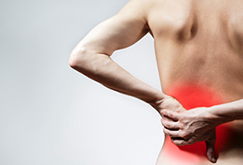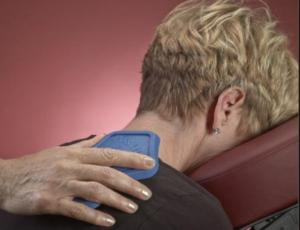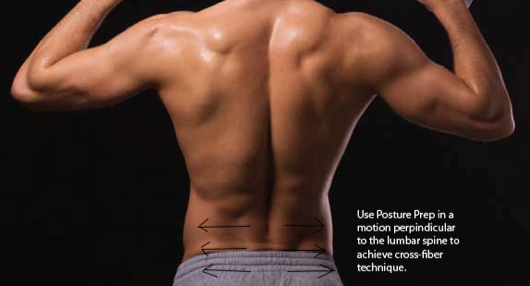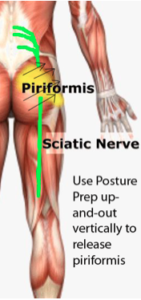By Jaclyn Amaru
Wintertime is the worst season for people who suffer from arthritis, aches, pains and the like. Between cold temperatures adding to joint stiffness and flare up’s and inclement weather making the likelihood of unanticipated accidents, slips and falls more common, it’s tough to catch a break. One very common ailment that many people complain about is sciatica. Being in neurosurgery, I often hear, “my sciatica is acting up again,” or “my sciatica is back” after reporting some activities like shoveling snow or lifting holiday boxes. In this article, we’ll discuss briefly causes of sciatica and how you can easily help yourself at home with some very simple interventions to relieve sciatica pain.

Ask anyone who suffers from sciatica and they will tell you it can be debilitating. Most commonly, sciatica is a nerve pain arising from the lower back, or lumbar region, at the L4/5 or L5/S1 levels. Pain may be felt in the form of sharp, shooting pain, or numbness and tingling, or burning pain. The pain typically starts in the back or butt and courses down the entire leg. It may or may not go into the foot depending on the portion of the nerve affected. Sciatica is most concerning if there is weakness of the leg or foot, or problems with bowel or bladder habits that accompany the pain symptoms. If you have either of these, you should seek medical attention as soon as possible for a full evaluation.
Most commonly, sciatica is caused by problems in the lumbar region of the spine. This may be a herniated disc or potentially a degenerative process known as lumbar stenosis (narrowing of the spinal canal.) However, virtually anything putting pressure onto the sciatic nerve can cause sciatica. Another less commonly thought about, but great mimicker of sciatica is piriformis syndrome. The piriformis muscle is tucked away in the butt musculature and can sometimes become very tight especially in active people who fail to stretch properly. Traversing through or beneath the muscle is the sciatic nerve. Therefore, irritation or tightness in the muscle could easily incite sciatic symptoms. Piriformis syndrome is usually considered a diagnosis of exclusion however, meaning that other causes of sciatica would need to be ruled out first, as this particular syndrome is not easily diagnosed.
Not everyone who suffers from sciatica, herniated discs, lumbar stenosis or other back pathologies require surgery to relieve pain. In fact, surgery should be reserved as the last and final option when all other conservative measures have failed, granted no emergent signs are present. And of course, full evaluation by a licensed professional is advised before starting any new routines. Initial outpatient recommendations include physical therapy, acupuncture, yoga/stretching and if needed, cortisone injections.

One interventional modality that can often be overlooked in the relief of sciatica however is massage. Deep tissue massage, besides relaxing muscles, also allows for joint spaces to move more freely and potentially release some tension from exiting nerve roots. The problem is many people hear the word “massage” and automatically assume they have to spend hundreds of dollars three or more times a week in a posh day spa. This is not the case anymore. Dr. Pat Bona created a tool known as Posture Prep, which is a convenient, hand-held, massager that works on myofascial release, or the type of deep massaging where muscles become released from tight, connective fascia. Using this tool with a cross-fiber technique, or massaging in the opposite direction of the muscle fibers, helps aid in this type of therapy. With Posture Prep, you could easily help to alleviate your symptoms of sciatica daily.
To use Posture Prep correctly in the lumbar spine, I recommend using the tool in a motion that is horizontal or perpendicular to the spinal vertebrae. The deep paraspinal muscles run along the length of the spinal column, while some of the more superficial ones run at a slight angle, but still mostly downward. By using Posture Prep horizontally, you will be crossing those long fibers to release the fascial layers.

I also recommend using Posture Prep over the middle of the buttocks where the piriformis muscle is located as well. Unlike the lower back, the gluteal muscles run more horizontally, including piriformis, and so here I would recommend using Posture Prep in a vertical, up-and-out motion for optimal results.

For people who suffer from sciatica or even just back aches and pains, Posture Prep offers the cost-effective way to achieve deep tissue massage everyday. By making myofascial release with cross-fiber massage part of your everyday routine, you can only benefit yourself. So why are you waiting to improve pain, circulation and joint mobility? Grab one for yourself and your Valentine this month.

